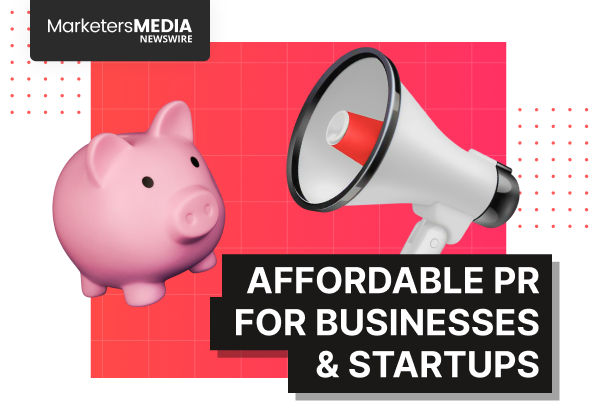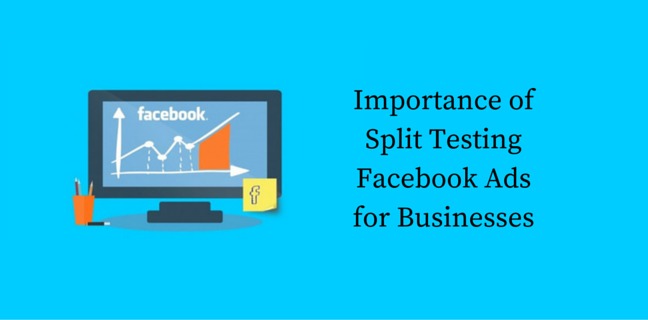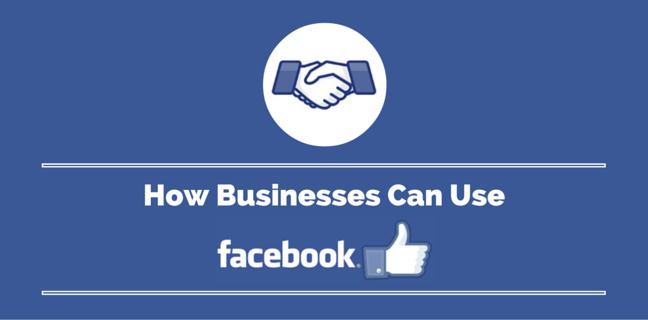Table of Content
- 1. Sign Up for HARO (Help a Reporter Out)
- 2. Answer Questions on Quora
- 3. Use Social Media Strategically
- 4. Write and Distribute Press Releases
- 5. Amplify Your Coverage You Earn
- 6. Turn Customers Into Your PR Allies
- 7. Pitch Niche Publications
- 8. Publish Thought Leadership Content
- 9. Partner with Micro-Influencers
- 10. Host Local Events or Webinars
- How to Track Your PR Success
- Common Mistakes to Avoid
- Frequently Asked Questions
Most small businesses think PR requires a $5,000 monthly agency retainer, but that’s not true at all.
You CAN build brand awareness, earn media coverage, and attract customers without spending thousands.
Affordable PR simply means using low-cost strategies—like media outreach, customer storytelling, or content creation—to gain visibility and credibility without relying on expensive agencies.
Here are 10 proven strategies that work on any budget.
1. Sign Up for HARO (Help a Reporter Out)
HARO connects you with journalists who need expert sources for their stories. It's completely free and sends you an email daily with media opportunities.
How it works:
- Journalists post queries about topics they're covering
- You respond with expert insights within their deadline
- If selected, you get quoted in major publications
Many HARO responses lead to coverage in Forbes, Entrepreneur, and industry publications. Each mention builds credibility and often includes a backlink to your website.
Pro Tip:
Respond fast to queries that match your expertise—HARO queries usually get flooded. Even if you’re not picked, showing up consistently helps reporters remember you.
#journorequest #PRrequest How to Save Money at Dollar Stores
— Help a Reporter Out (@helpareporter) June 6, 2025
Query:
I'm looking for tips that shoppers can use to save money at dollar stores in this challenging economy. I'm interested in general tips as well as tips specific to Dollar General, Dollar Tree and Family Dollar.…
2. Answer Questions on Quora
Quora has 500 million monthly users searching for expert advice. It's a goldmine for establishing thought leadership.
How to do it:
- Find questions related to your expertise
- Provide detailed, helpful answers
- Include your business name and website in your bio
- Link to relevant content when appropriate
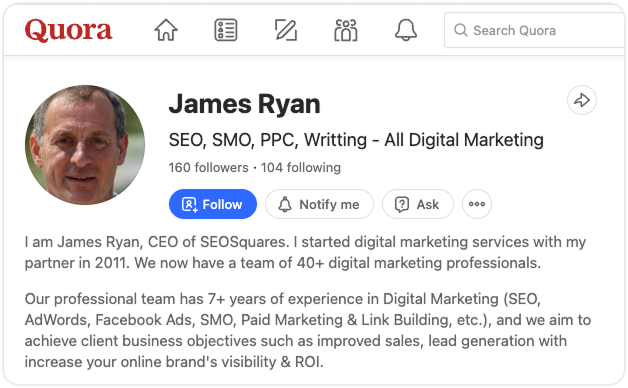
Posting consistently builds authority and visibility—especially when helpful answers get upvoted. Over time, people may invite you to answer questions, visit your site, or reach out directly.
3. Use Social Media Strategically
Don’t just post about your business. Join conversations where your potential customers and industry peers are active.
How to do it:
- Follow journalists who cover your industry
- Share and comment on their content meaningfully
- Create valuable content consistently
- Use relevant hashtags to increase discoverability
Key platforms:
- LinkedIn: Professional networking and B2B outreach
- X (Formerly Twitter): Real-time news and journalist engagement
- Instagram: Visual storytelling and micro-influencer connections
The strategy is to provide value first, promote second. Share insights, answer questions, and offer helpful resources before mentioning your business.
4. Write and Distribute Press Releases
Press releases aren't dead—when done right, they generate media coverage and improve SEO through backlinks.
How to do it:
- Identify genuinely newsworthy angles (launches, partnerships, milestones)
- Write clear, journalism-style releases
- Include quotes and multimedia assets
- Distribute through both free and paid channels
For global reach, services like MarketersMEDIA Newswire offer guaranteed pickup across 550+ media outlets including AP News and Business Insider, with 5.9B total potential reach across 160 countries.
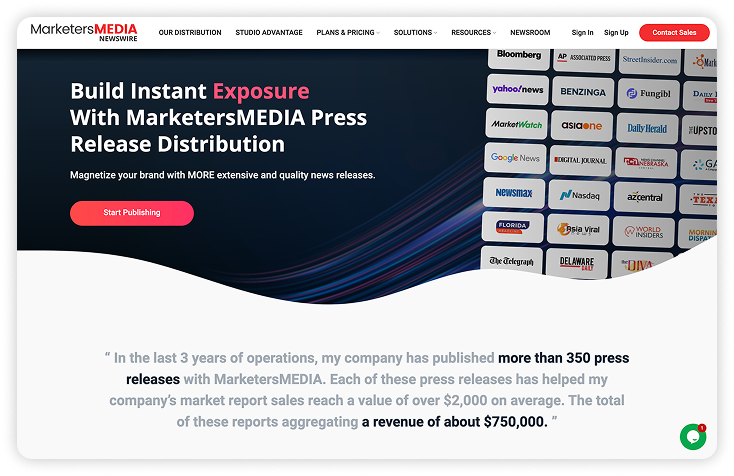
5. Amplify Your Coverage You Earn
Don’t let earned media go to waste. Once your business is mentioned in the press, amplify that coverage to extend its reach and show appreciation.
How to do it:
- Set up Google Alerts for your business name and key executives
- Share media coverage across your social channels
- Publicly thank the journalist or outlet for the feature
- Reuse the coverage in future pitches as social proof
Amplifying your wins keeps the momentum going—and makes journalists more likely to cover you again in the future.
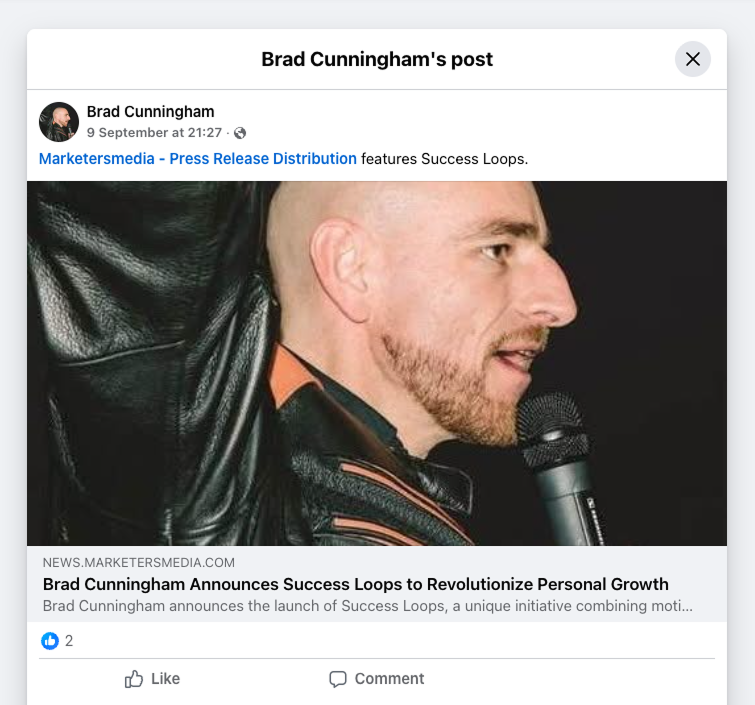
6. Turn Customers Into Your PR Allies
Your customers are often your most credible storytellers. When they share their positive experiences, it functions as user-generated PR—trusted, relatable, and influential.
How to encourage it:
- Offer small discounts for social media posts featuring your product
- Create a branded hashtag for customer photos
- Ask satisfied customers to share their success stories
- Feature customer spotlights in your newsletter
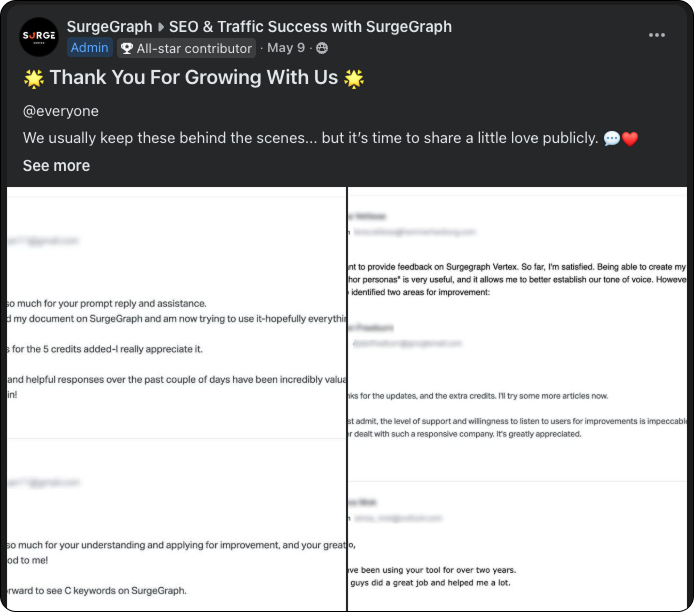
This type of content spreads organically and often reaches new audiences with far more trust than any ads.
7. Pitch Niche Publications
Major outlets like Forbes get thousands of pitches daily. Smaller industry publications are hungry for quality content and much more responsive.
How to do it:
- Research publications your target audience reads
- Study their recent articles and writing style
- Craft personalized pitches referencing their work
- Offer genuine value, not sales pitches
Industry publications often have higher reader engagement and more qualified leads than general business media.
8. Publish Thought Leadership Content
Position yourself as an industry expert by sharing insights on platforms where your audience already spends time, like LinkedIn, Medium, or industry blogs.
How to do it:
- Choose topics where you have genuine expertise
- Share data, trends, or unique perspectives
- Write for your audience, not about your products
- Include a brief bio with your business information
For scaling content creation while maintaining quality, tools like SurgeGraph help businesses create long-form, SEO-optimized articles that sound natural and reflect their brand voice, optimizing every article automatically so you rank faster with less effort.
9. Partner with Micro-Influencers
Forget celebrity endorsements. Micro-influencers (1,000-100,000 followers) deliver 60% higher engagement rates and cost a fraction of larger accounts.
Their recommendations feel more authentic because they’ve built genuine relationships with their followers.
How to find and work with them:
- Search relevant hashtags in your industry and location
- Look for high engagement rates (not just follower counts)
- Check that their audience matches your target customers
- Start by engaging with their content before making partnership proposals
- Offer clear value: free products, exclusive discounts, or modest compensation
Micro-influencers are often more approachable, and their communities trust their recommendations—making them ideal partners for small business PR.
10. Host Local Events or Webinars
Local PR often delivers the highest ROI because your stories have immediate relevance—and it's easier to build relationships within your own community.
How to do it:
- Choose topics relevant to your expertise and audience needs
- Partner with local organizations or complementary businesses
- Invite local media to attend or cover the event
- Capture photos, quotes, or behind-the-scenes content to share afterward
Even a small in-person workshop or online webinar can spark buzz, deepen connections, and generate coverage—especially when it ties into timely or seasonal themes.
How to Track Your PR Success
Effective measurement helps you optimize your limited resources and prove PR's value to your business.
Key metrics to track:
- Media Mentions: Use Google Alerts to count coverage volume and quality
- Website Traffic: Monitor referral traffic from PR coverage in Google Analytics

- Social Engagement: Track shares, comments, and follower growth
- Lead Generation: Measure email signups and demo requests from PR activities
- Pitch Response Rates: Track journalist response percentages to optimize outreach
- Backlinks: Monitor high-quality links from media coverage (crucial for SEO)
Common Mistakes to Avoid
Small businesses can't afford major PR mistakes. Here are the most common pitfalls to avoid:
Ignoring Customer Complaints: Address negative feedback quickly and professionally. Silence often makes problems worse.
Responding Defensively to Criticism: Take criticism gracefully. Thank people for feedback and explain how you're addressing their concerns.
Making Promises You Can't Keep: Only announce what you can deliver. Failed promises damage credibility permanently.
Poor Timing: Avoid launching campaigns during crises or sensitive periods. Be aware of current events and cultural moments.
Lack of Transparency: When problems arise, honest communication often strengthens rather than weakens your brand. Companies like Slack have built stronger reputations by being transparent during challenges.
Final Thoughts
Small businesses today have more tools than ever to build visibility through affordable, strategic PR.
You don’t need an agency retainer—you need a clear story, a willingness to show up, and a commitment to taking consistent action.
Pick any three strategies from this list and implement them over the next 30 days.
The key to affordable PR isn’t a big budget—it’s being intentional about where you spend your time and energy.
Start small, track what works, and double down on the tactics that deliver results for your business.
Your story matters—and these strategies will help you tell it, without breaking the bank.
Frequently Asked Questions
Is PR is the same as advertising?
No, PR earns credibility through third-party validation. Advertising pays for placement but lacks the trust factor of earned media.
Can I really do this myself?
Many of the most successful small business PR campaigns were run without an agency. Authentic, consistent messaging often resonates more than polished, corporate communication.
How much does DIY PR really cost?
You can start with as little as $500 per month. A typical budget might include $200 for micro-influencer partnerships, $150 for local event sponsorship, $100 for press release distribution, and $50 for social media promotion. Many essential tools are completely free.
Is PR worth it for small businesses?
Yes, if you approach it strategically. PR builds credibility, drives website traffic, improves SEO through backlinks, and creates authentic connections with your audience. The key is measuring results and focusing on activities that directly impact your business goals.
Don’t you need media connections to get featured?
Not anymore. Thanks to digital tools, it’s easier than ever to connect with journalists and influencers. You don’t need an inside contact—just a helpful pitch and persistence.
Can small businesses really get press?
Yes—especially from niche or local outlets. They often prefer stories from relatable, smaller brands over giant corporations.
Need help distributing your press release affordably? Try MarketersMEDIA Newswire for guaranteed media pickup without agency costs.
Free Press Release Template
Tell us where to send your PDF:
